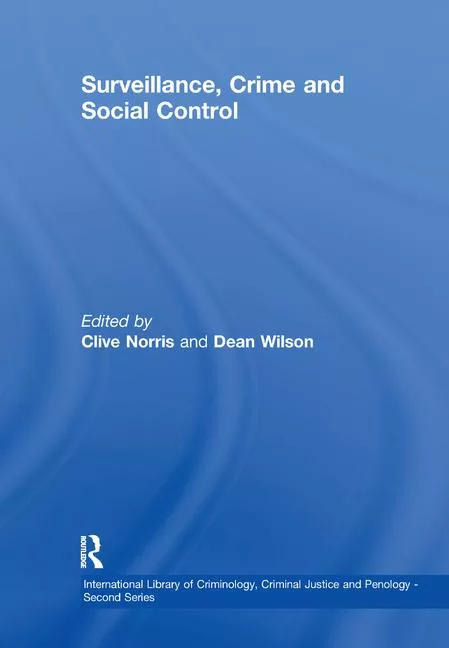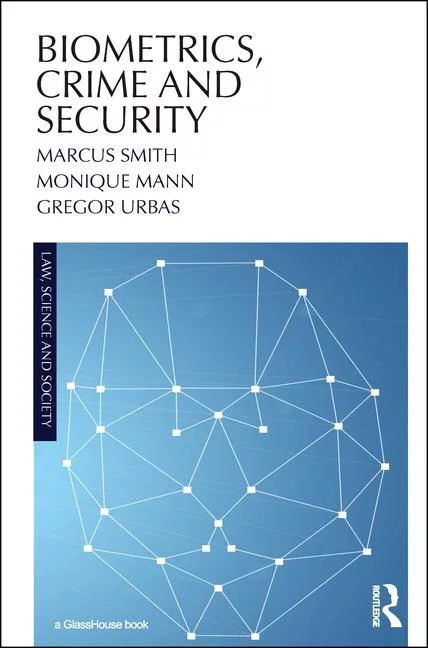Using Education to Prevent Parking Lot Crime
The news is frequently inundated with stories on crime in parking areas, whether it’s theft, vandalism, or yet another beating in front of Dodgers Stadium.
No one wants their property to look like a potential danger zone, and there are always the typical ways to secure it – hardware such as surveillance cameras, blue light phones and barricades to name a few. However, there are ways of stopping criminals, and there are also ways of stopping clients from becoming victims.
The installation is just the first step in a multifaceted approach to securing areas that are often ignored in favor of more glamorous spaces (you know, laboratories, executive floors, vaults). To create a security system that is just as much about prevention as detection, security directors may have to use a little public relations.
The south campus of the University of Buffalo is an urban environment, and while campus crime is low, that doesn’t account for what can happen on the fringes of the property.
Three years ago, a student was shot and killed only a mile away from the university. A wave of concerned parents, students and citizens began to question what the school was doing to protect the campus and its roughly 50,000-person daily population.
Fortunately, the University is proactive in its approach to public safety and had recently adopted several new security enhancements. In addition, the department’s policing philosophy incorporates community-oriented policing and problem-solving, and several effective strategies had already been implemented.
One year before the shooting, University Facilities had approached Gerald W. Schoenle Jr., the Chief of Police at the university, regarding the potential to have some security enhancements, as UB had some grant money available for lighting upgrades. Officials thought this would be a good time to look at other areas.
The department saw this as an opportunity to make significant security enhancements and recommended the university hire a security consultant to do a security needs and risk assessment for the south campus. The recommendations included many areas of security infrastructure enhancements including all new lighting, blue light phone replacements and the addition of a security camera system.
The total project cost just more than $2 million, which included university funds and grant money. The result was that UB had 19 Talk-A-Phone blue light phones installed, along with surveillance cameras to monitor each one upon activation. The University worked to place a phone in nearly every parking lot, so that the next phone is always in sight. Lighting was also vastly improved.
All of these major projects were well underway and near completion when the shooting occurred. The media was closely following this incident, and when asked what the university was doing about crime issues, Schoenle says, “It was very nice for University officials to be able to say ‘Well, we recently had a comprehensive security assessment done, and we replaced all our lighting, our blue light phones, and we have just added over 70 security cameras…’ The University realized the importance of being able to have this kind of a project, so they replicated it almost exactly on the larger north campus.”
But exact replication of a system across multiple properties is not always the most practical approach, as well Christopher Lanni knows.
As the Director of Security and Resident Services for Harbor Towers Condominiums, as well as a risk advisor to a number of other residential properties across the Boston area, Lanni always seeks out a unique, tailored security plan for each property.
“Every setting, every configuration, every association in these complexes has a different personality and culture,” he says. “We make sure that the things we do in those spaces are consistent with the property.
“Often, I’ll go to a property with an elaborate security system where doors and elevators are operated with keys or key fobs, but you get to some of the service areas or secondary spaces, like parking areas, and it drops off. We try to do the exact opposite of that,” Lanni adds.
“For places with open parking space, like Harbor Towers, we park 300 cars a day, give or take, in only 19 parking spaces,” he says. “It’s really transient, lots of activity, lots of pedestrian traffic – we spend a lot of time ensuring that we know who those folks are, where they’re heading, we know their particular vehicle, and we know that anybody who comes into this area is being attended by a live person. They understand that there’s a presence here and that we’re watching.”
Lanni checks pedestrian activity, crime levels and the general image of a location, “the feeling of a space,” he says. This is where PR comes into play.
“When you go into a really well-lit, well-travelled garage with things like emergency call stations and cameras and access control measures that are clearly visible and working properly, it sets the tone,” Lanni says. “I’m not saying you won’t have any problems there, but the attention to detail in that space helps.”
Harbor Towers also leases several floors in a parking structure across the street, and Lanni ensures that it is frequently inspected for appropriate lighting, secure stairwells and functional elevator access controls.
“If you have a property that isn’t patrolled, hasn’t been cleaned in a while, I think that odds are you’ll be fighting problems,” he notes.
Schoenle also cares about the safety image in his parking lots. Before the upgrade, he had four different models of emergency telephones across the campus, which were old and not highly visible. The new models are uniform, easy to find, and they create a perception of safety.
And while a clean and ready appearance can bolster the perception of safety, active and ongoing education helps to remove risks.
“Along with the security cameras, lighting and blue light phones, we also embarked on a lot of problem-solving projects,” Schoenle says. “At the beginning of each semester, we go out and do vehicle report cards on all the cars parked in our parking lots. We leave these little postcards – they either passed or failed.” And reasons for failing the first exam of the semester? Unlocked doors, open windows, visible electronics, garage door openers or keys.
For each failed card, one of Schoenle’s 60 sworn officers and 50 part-time student assistants takes down the car’s license plate number and hangtag information, keeping a running tally of what was found, and then sends the owner of the vehicle an email of helpful security tips. They grade upwards of 5,000 cars each semester.
“We’ve significantly reduced car break-ins on campus, but this is just one part of a bigger puzzle,” Schoenle says. “We’re basically educating the public. I can stop somebody from breaking into your car if I can get you to not leave anything in the car.”
The cards themselves are packed with information, including thieves’ motivation (stealing valuables to feed addiction habits, commit identity fraud and gain access to a student’s home) and quick facts.
Lanni also keeps in close communication with his residents on recent issues and trends in the area, updating the security measures accordingly.
“We’ve had theft of vehicles that have been left unattended with the keys still inside, or items left in vehicles, vandalism, stolen GPS… We work with folks on the same level as police would. This is just an invitation to get those items stolen,” he says.
“There’s really no excuse for not communicating to folks if they’ve had a particular increase in an issue in that area,” Lanni adds. “Just a simple ‘This is what we’re seeing, this is what we recommend, the police are tied in, and they know what’s happening…’ Just making sure the communication is there educates the residents and helps them to do better.”
Depending on the situation, Lanni has added blurbs in community newsletters, posted paper notifications and added traditional guards with scripted responses for both an educational presence and visual deterrent – redirecting pedestrian traffic and ensuring the presence of appropriate signage.
These measures help residents help themselves. Neither Lanni nor the police can always retrieve a stolen iPhone, but if the resident took it with him, the thief has one less reason to break into his car. And while Lanni’s properties use the traditional hardware – cameras, access control, emergency phones – crime prevention makes residents feel safer than crime investigation.
“When I look at security measures for a property, be it small or big, in the country or the city, I just really try to get a unique approach for the entire space, and that security measures are consistent – from the inside of the building to the parking lots – and they make sense not only from a service standpoint but also from a protection standpoint,” Lanni says.
Ultimately, risk reduction is an enterprise-wide responsibility. By educating clients, employees and residents about local security concerns and basic risk management strategies, both Lanni and Schoenle say they have seen an increase in awareness and a drop in crime.
Looking for a reprint of this article?
From high-res PDFs to custom plaques, order your copy today!








